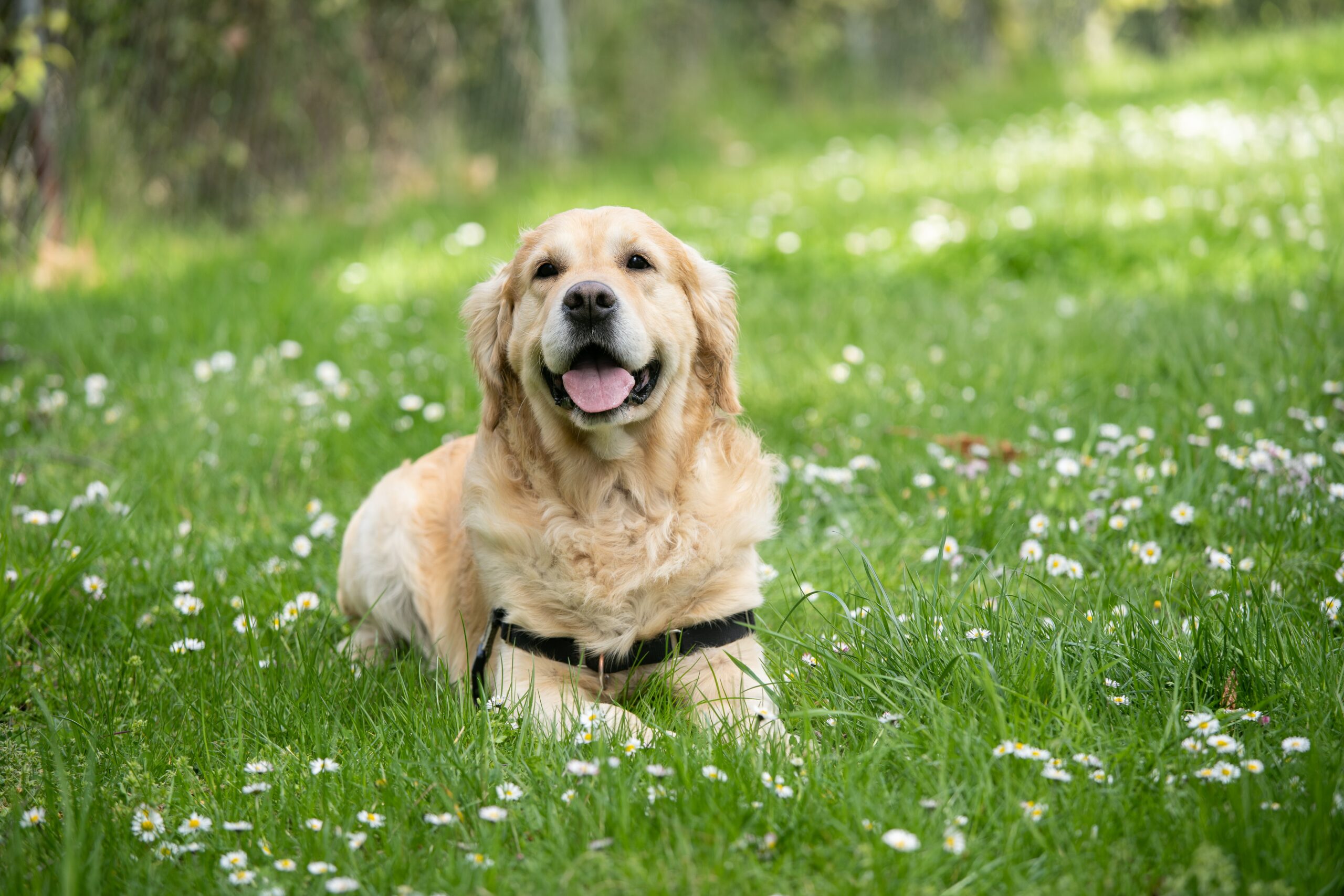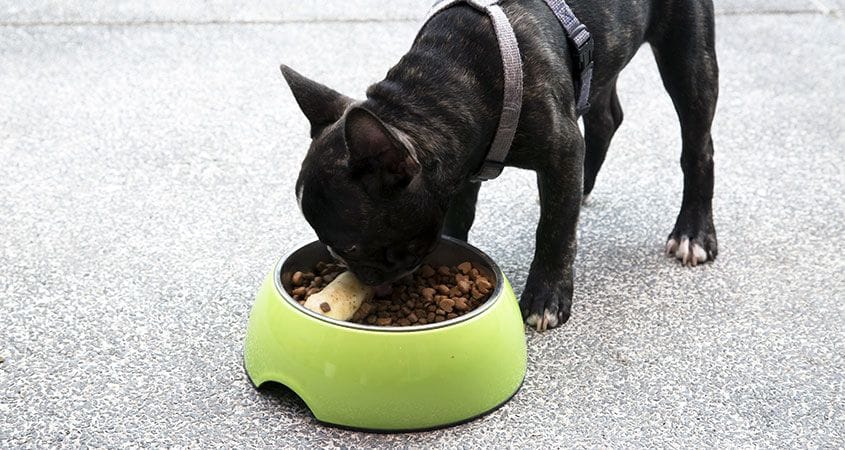Anxiety in dogs is very prevalent. Keep in mind that every dog is unique and will advance through training at a different rate depending on its personality. Always try to stay within your dog’s comfort zone and monitor their stress levels closely.
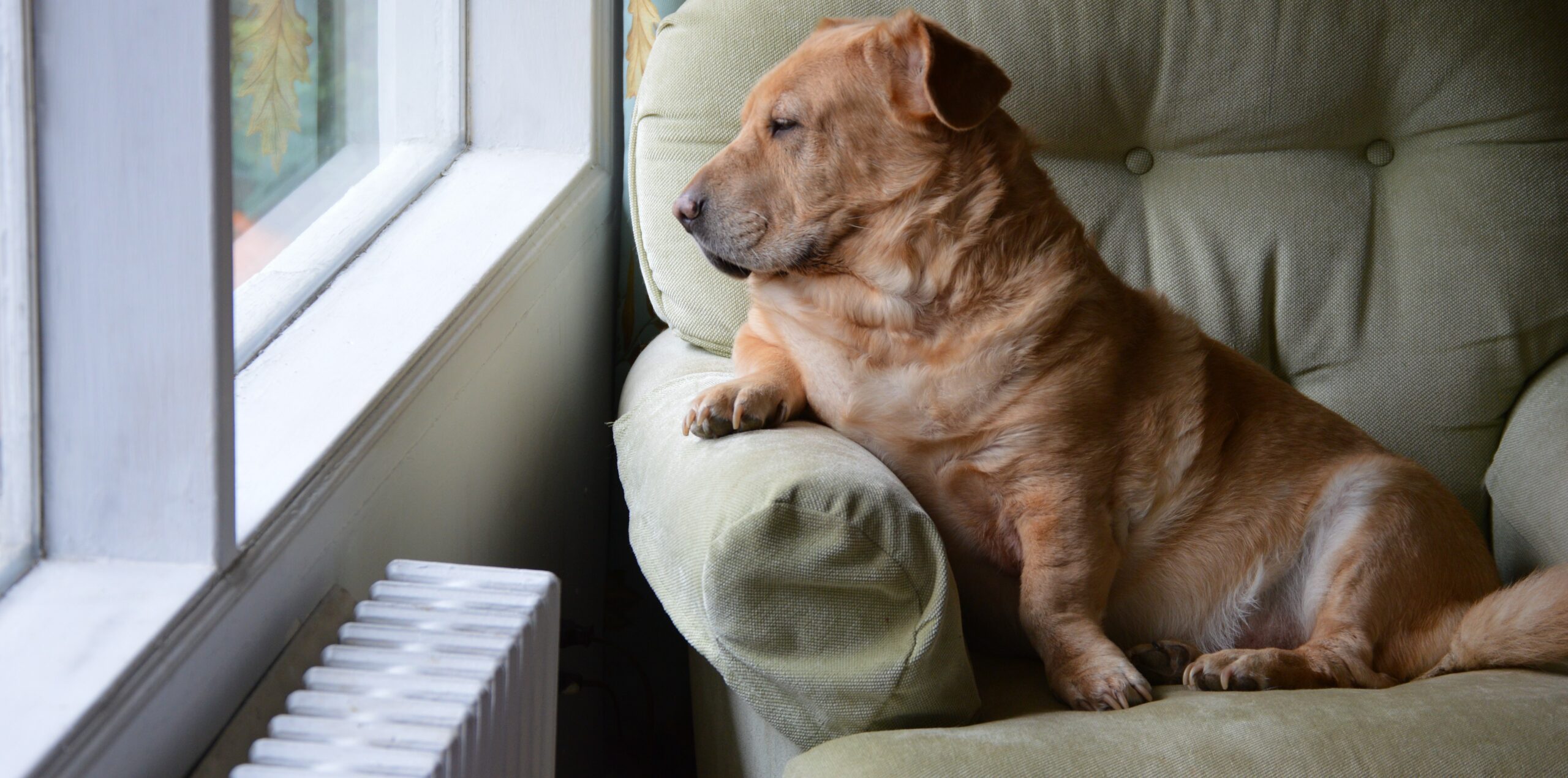
There are several symptoms that your dog is worried about, including the following: panting excessively Legs crossed over the tail, licking one’s lips, Ears tucked behind the head, Paw goes up in the air. Yawning Pacing .You can assist your dog in overcoming separation by following these suggestions.
Convince your dog to trust you:
If your dog has anxiety or terror when left alone, it could be a confidence issue. The more we give our dogs in terms of praise and attention, the happier they will be. And the more confident they feel, the more likely they are to take the initiative. Your dog will feel less frightened about being alone if you help build their self-esteem through basic training.
It’s essential to keep an eye out for any symptoms that your dog is stressed out while you’re away. It’s important to remember that punishing your dog will only make things worse for them. Your dog’s actions may be a way of asking for your assistance. Punishing them could exacerbate the problem by making them fearful of you returning home.

Several things you may do before beginning separation Anxiety training with your dog to increase the likelihood of success from the beginning: Verify that your dog receives adequate exercise. If dogs are comfortable doing so, socializing with other dogs is also vital. Walking with your dog regularly and mingling with other people will help to reduce their energy levels and ensure that they are getting the exercise that they require.
Now is the moment to start working on reducing their separation. Instead of leaving the house, try getting your dog to go to different rooms in the beginning. When you travel out of town, it’s a good idea to leave your dog with a variety of toys or a puzzle. Children’s activities are used to keep them occupied and to stimulate their minds.
Remove yourself from the room once your dog is ready. When you depart, try to be as quiet as possible. Start gently and quickly and stay within your dog’s comfort zone. Keep an eye on the clock to make sure you don’t go over your time limit. Give it to them in the room where you’ll be leaving them, and they can keep it for themselves. And before you start to leave, make sure they’re interested and engaged in it. When you return to the room, give your dog mild verbal praise and make an effort to promote calm behavior.
Finding the root of your anxiety:
The sound of people walking by the house, the noise of passing cars and trucks, or even the dogs barking next door. Depending on the underlying cause, separation difficulties can manifest themselves as a wide range of behaviors. The exact reasons for separation-related behaviors can be challenging to pinpoint.
When a dog is left alone, his behavior is more likely to be out of control. Install a webcam, so you can watch what your dog is up to when you aren’t around. As a result, it’s critical to have a firm grasp of the warning signs.
Boredom:
Mental and physical stimulation is essential for the well-being of dogs. Your dog will have a hard time being alone if they still have a lot of energy to burn off. It’s the same for humans. You should check to see if your dog is getting adequate mental and physical activity. Eventually, your dog will run out of things to do, and you’ll discover where all of his energy is going. Elsewhere, and will frequently take the form of destructive habits like digging or chewing on objects.
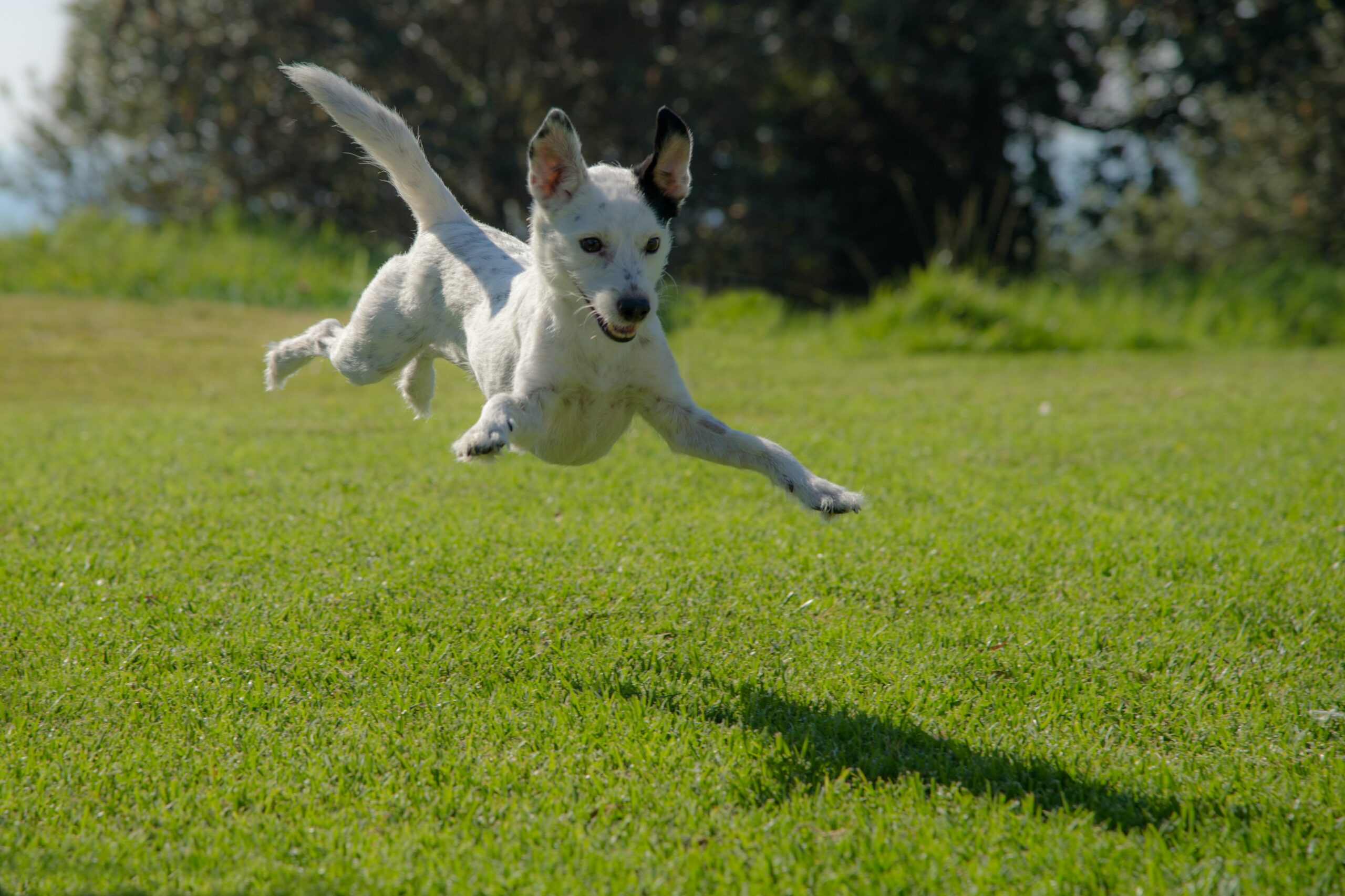
Frustration:
Disappointment in dogs is hard to spot, but it’s usually due to their inability to obtain something they want or need. Wild animals or cats parading outside the window may frustrate your dog in some instances. Dogs in other households may act out if they feel neglected or abandoned. They might go to great lengths to find and duplicate that sense of security in a different way. That they aspire to reach yet are unable to do so. Keep an eye out for things that frustrate your dog to see if that’s the problem.
Anxiety and fear :
When dogs have had terrible experiences in the past, it can have a significant impact on their future behavior. If your dog has had a bad encounter, it may become depressed. While they’ve been left alone in the past, this can generate worry when they’re alone now. Because of these concerns, your dog may show signs of stress, such as whining or pacing.
Howling, barking, and going to the bathroom in the home are all symptoms of canine separation anxiety. Most of these behaviors will be seen when you aren’t around to see them. As you are ready to depart, you may find, however, that your dog starts to exhibit them. Putting on your coat, shoes and picking up your keys can all serve as signals to your dog and elicit the same response from him as putting them on.
Encourage your dog’s sense of self-reliance. Keep in mind that your dog’s habits may have developed over time. Depending on their age and situation, the answer may be different for everyone. Remember that teaching your dog new behaviors takes time and patience if you want to be successful. Gradually extend the time you are away from your dog.
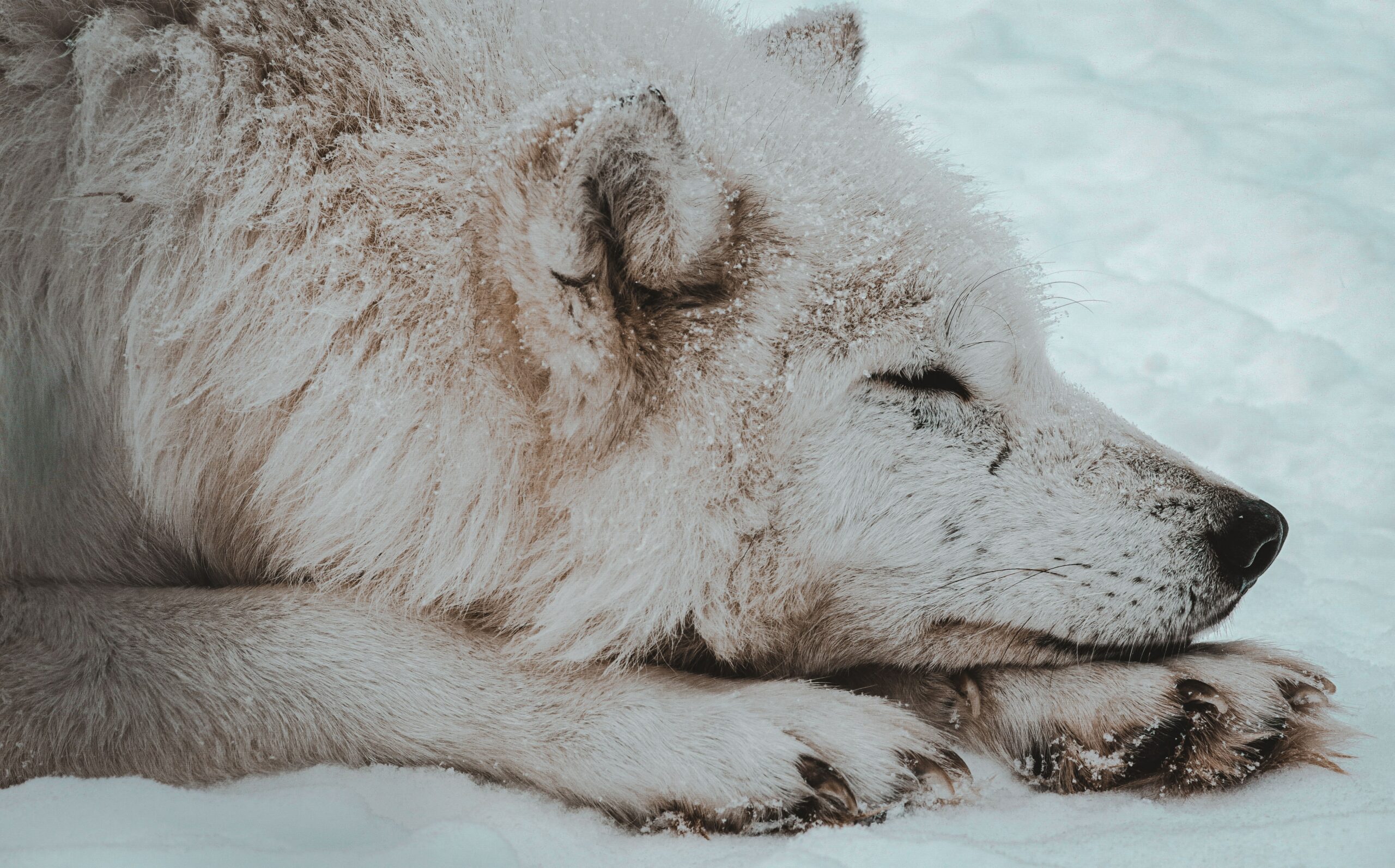
If you have to take it a minute at a time, remember to leave plenty of activities to keep them occupied. And, with time, your dog will learn that your absence is nothing to be concerned about or stressed about. If your dog is extremely fearful of being separated from you, it may be time to consider boarding, even for short periods.
By teaching them this, you are helping your dog become more self-reliant and will be able to handle in future training. Baby gates allow you to travel from room to room if you can put them around the house. This will assist you in teaching your dog to maintain calm under pressure and stress. You can help if you show them that you are still in the house even when not around.

